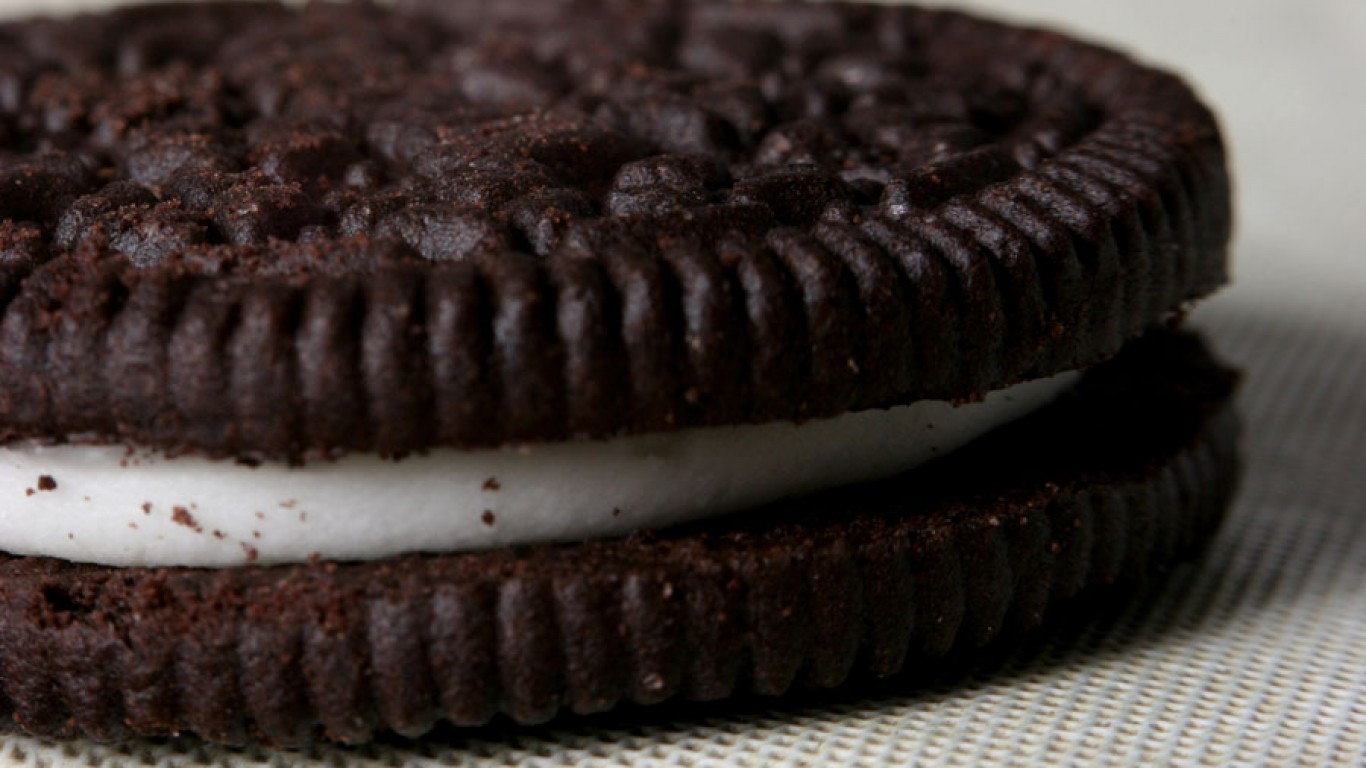
With the price of crude oil falling below $30 a barrel on Monday, retail pump prices for gasoline won’t lag far behind. A total of 11 states report prices of $2.00 a gallon or less for regular gas, and prices dipped by double-digit percentages in 35 states over the past week.
The national average price for a gallon of regular gas fell to $2.25, according to AAA. That’s the lowest price so far this year. A year ago, gas sold for more than $2.50 a gallon.
The combination of collapsing demand and the oil price war between Russia and Saudi Arabia caused oil prices to plunge by more than 40%. Demand continues falling as countries around the world respond to the coronavirus pandemic by temporarily shutting down businesses. Some of the world’s biggest oil traders and most respected analysts believe demand could fall by 10 million barrels a day temporarily and that average demand in 2020 could fall by 2 million to 4 million barrels a day.
AAA spokesperson Jeanette Casselano commented, “The national gas price average is 13 cents cheaper on the week and nearly 20 cents less than the beginning of the month. These are significant decreases in just 7 and 16 days. AAA expects gas prices to continue trending cheaper, with the high likelihood of the national average hitting $2/gallon before the end of March.”
The 10 states with the lowest average gas prices are Oklahoma ($1.92 a gallon), Texas ($1.95), Mississippi ($1.96), South Carolina ($1.97), Ohio ($1.97), Indiana ($1.97), Missouri ($1.98), Kentucky ($1.99), Louisiana ($2.00) and Alabama ($2.00).
Week over week, prices dropped the most in these 10 states: Ohio (27 cents a gallon), Kentucky (21 cents), Michigan (21 cents), Wisconsin (21 cents), Indiana (19 cents), Illinois (19 cents), Oklahoma (15 cents), Iowa (15 cents), Maine (15 cents) and Minnesota (15 cents).
Gasoline inventories in most areas of the country remain at or near historical levels. Even in those with lower inventories, however, declining demand is expected to outweigh supply as businesses close and people don’t drive to work or school or other public places like bars, theaters and restaurants.
For the week ahead, AAA noted: “[C]rude prices are likely to continue decreasing as the world grapples with how to contain the ongoing international public health crisis and associated economic challenges that could lead to a global recession. Until the price war ends and fears about COVID-19 subside, domestic crude prices are likely to remain low.”
West Texas Intermediate (WTI) crude oil traded at around $29.40 a barrel on Tuesday morning, and Brent crude, the international benchmark, traded at just over $32.00. Just two weeks ago, Brent traded at nearly $52.00 and WTI traded at more than $47.00.
Take Charge of Your Retirement: Find the Right Financial Advisor For You in Minutes (Sponsor)
Retirement planning doesn’t have to feel overwhelming. The key is finding professional guidance—and we’ve made it easier than ever for you to connect with the right financial advisor for your unique needs.
Here’s how it works:
1️ Answer a Few Simple Questions
Tell us a bit about your goals and preferences—it only takes a few minutes!
2️ Get Your Top Advisor Matches
This tool matches you with qualified advisors who specialize in helping people like you achieve financial success.
3️ Choose Your Best Fit
Review their profiles, schedule an introductory meeting, and select the advisor who feels right for you.
Why wait? Start building the retirement you’ve always dreamed of. Click here to get started today!
Thank you for reading! Have some feedback for us?
Contact the 24/7 Wall St. editorial team.
 24/7 Wall St.
24/7 Wall St.



